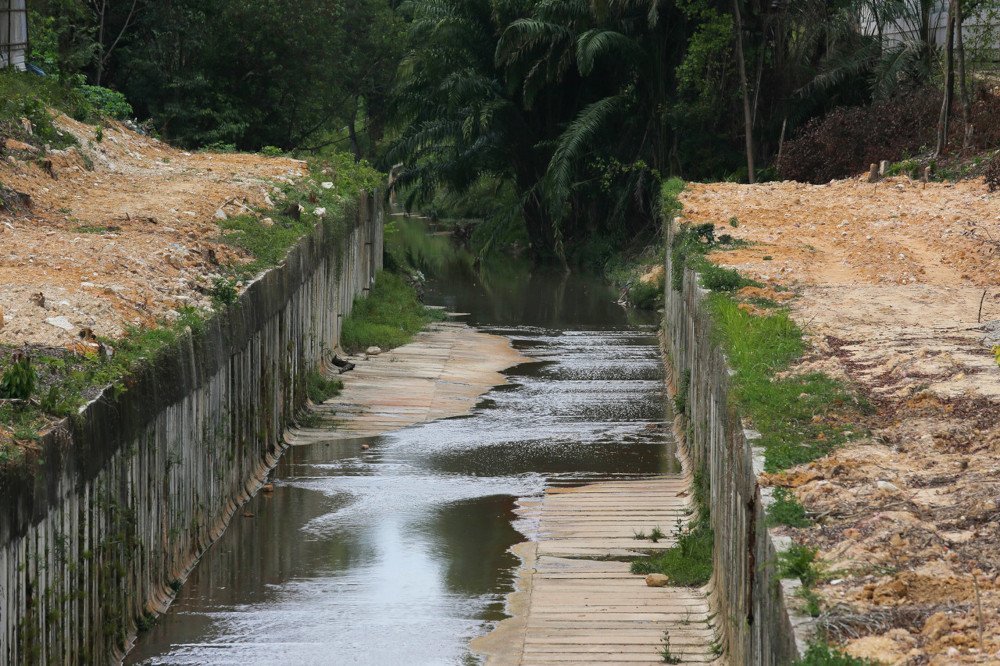KUALA LUMPUR, Apr 23 — Traces of the Escherichia coli, or E. coli bacteria were discovered in water samples taken from Sungai Kim Kim in Johor Baru, following tests conducted by an independent microbiology lab, Utusan Malaysia reported.
The Malay daily reported that readings of samples taken from the river detected E. coli in up to 410,000 colony forming units(CFU)/100ml, placing it in lowest Class V of readings according to the National Water Quality Standard (NWQS).
The standard threshold for bodies of water in recreational parks is at 1,000 CFU/100ml.
E. coli usually thrives in larger bodies of contaminated water where infection is spread through droplets from one person to another paired with unsanitary habits.
Symptoms include diarrhoea, muscle aches, abdominal discomfort, nausea, and vomiting.
However the report notes that only a few strains of the bacteria can cause these symptoms which usually develop three to four days after exposure.
Quoted in the report was Zaki Zainuddin, a water quality expert, who explained that only certain types of the E.coli bacteria are harmful to humans, with many other strains mainly affecting aquatic life by causing unsafe biochemical oxygen demand and ammonia levels.
Zaki said Sungai Kim Kim obtaining a reading of 410,000 CFU/100ml is already testament to the conditions there, and that rivers should never reach such levels of pollution.
“With water containing that high levels of the E. coli bacteria, someone riding a boat in the river might feel an itch just from the water splashes alone.
“In short, based on the samples analysed, water from Sungai Kim Kim is capable of affecting humans even if it is just splashes of water,” he was quoted saying.
As for aquatic life, Zaki said such levels of pollution would have adverse effects towards the BOD within the river, with the organisms parasitising the share of oxygen and lowering the overall dissolved oxygen (DO) content.
“As such, in the situation of Sungai Kim Kim, which is also affected by tides, there is little opportunity for oxygen dissolution which will indirectly affect the DO readings.
Additionally, Zaki said the high levels of ammonia is actually toxic for aquatic wildlife.
“Only the more rugged aquatic lifeforms will be able to survive in water with a high ammonia and low DO content.
“It is clear the reduction of the DO and increase in ammonia is adversely affecting the aquatic wildlife in Sungai Kim Kim, and this is before taking into account the other particles currently in the river,” he said.




















